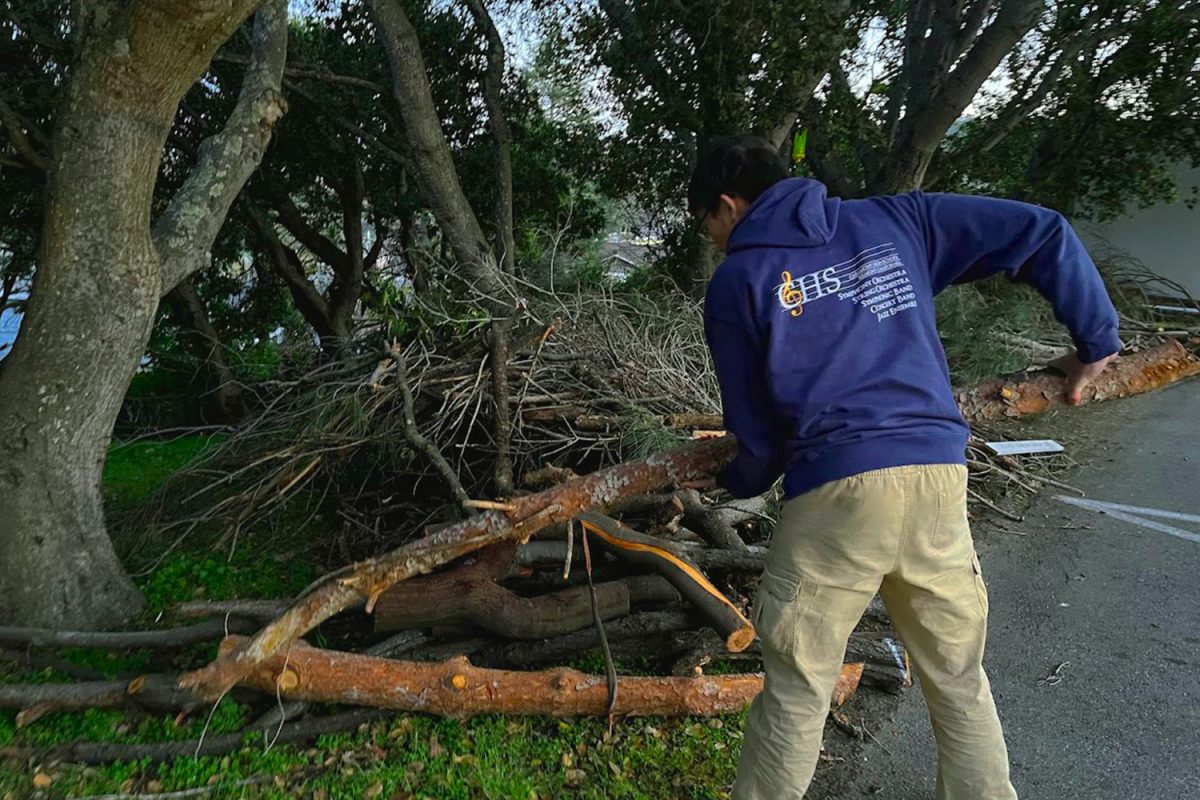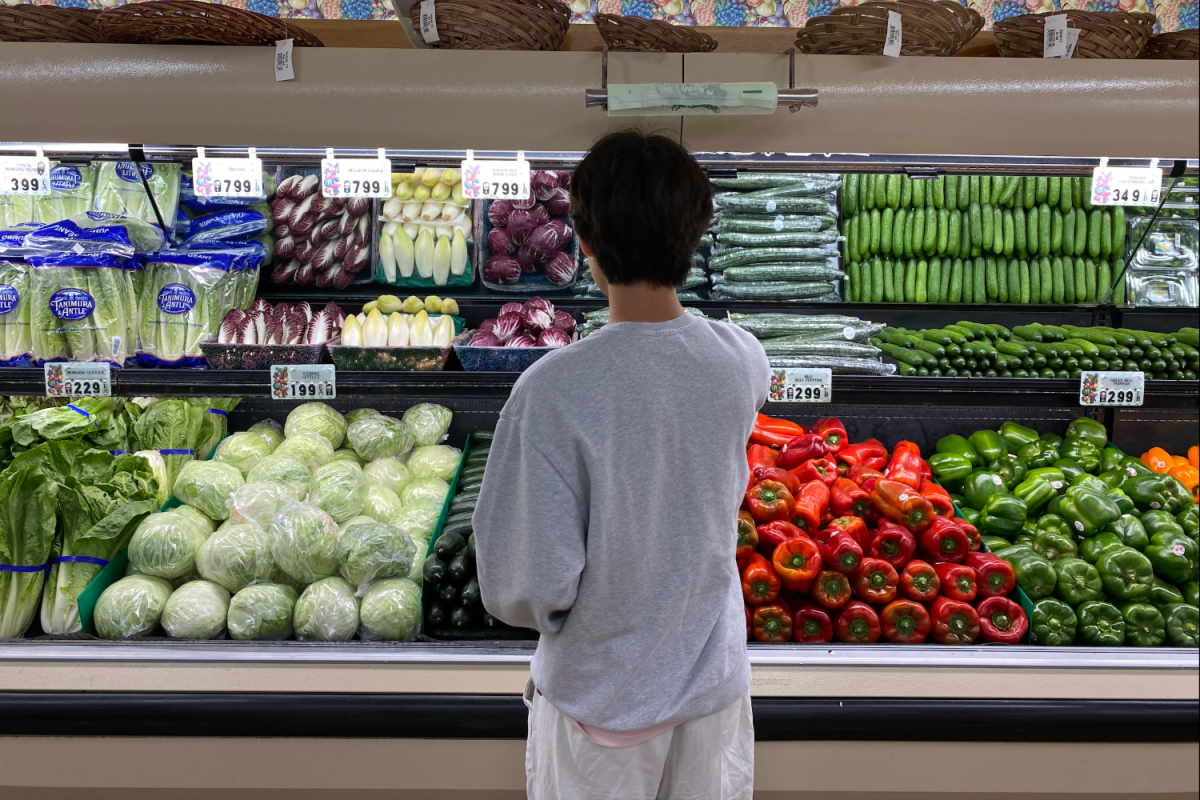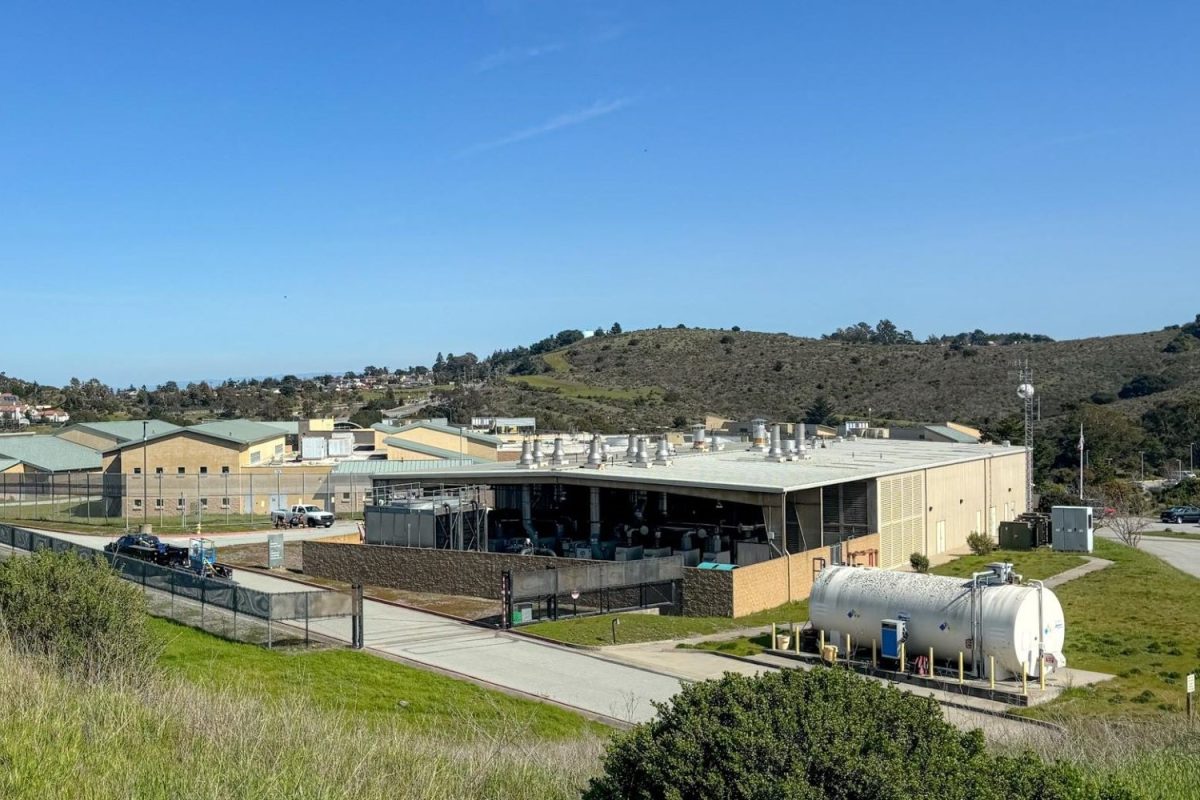Excess consumerism during the upcoming holiday season reveals food and retail workers’ challenges in keeping waste low.
The holiday season brings an interesting shift in commercialization in America. From preparing festive meals to managing the wave of gift returns, workers across industries experience changes during this time of year.
With the holiday lights, crazed gift buying, consumerism, and vast amounts of food, there’s a big culture of excess around the holidays. It’s with the intent of bigger, flashier displays that encapsulate the American holiday season, perpetuating waste such as packaging and food.
The National Retail Federation reports that Americans’ average winter holiday budget is higher than ever, at an average of $902 per person.
According to the Ecology Center, food waste is 25% higher during the holidays, amounting to an extra 25 million tons.
With looming implications for climate change, where does this waste originate from?
Mason Young*, a deli worker at Nob Hill Foods, a Raley’s company, shares his point of view.
“From the deli point of view, the consumption is down. But my guess is that people consume a lot more than usual at home,” Young said.
Instead, Young anecdotally says that the opposite of excess food waste occurs during the holidays.
“Visits from customers to the deli go down during the holiday weeks because they buy ingredients to cook at home instead,” Young said.
It seems that food waste from larger corporations is down. In fact, Raley’s has committed to sustainability by introducing Date Check Pro software to manage food inventory. They also partner with Feeding America and local agencies to donate extra food inventory.
“At this location, the food bank comes twice a week. I think there is very little waste in food around the deli,” Young said.
Rosie Cabrera, the Chef de Cuisine at Google’s Bay View cafeteria, experiences a similar but separate situation.
“Every day, week, and year is challenging for us. We never know when it’s going to be slow and when it’s going to be busy,” Cabrera said.
Notably, she notices many Google employees are traveling on vacation, resulting in fewer busy days and a reduction in waste.
“But when it gets closer to other winter holidays, such as Christmas, our users bring families, and we get busier than usual. So, it all depends,” Cabrera said.
Cabrera says the facilities try to process the food waste and minimize it. A whole different process occurs during the holiday season at a different location.
“My job just consists of handling packages, and helping customers get what they need,” said Amazon Customer Experience Officer Pawan Mahabali.
He notices this surge of returns, specifically during the holiday shopping season.
“There’s always more returns around this time because people are second-guessing their Christmas gifts. So, because of that, we have a lot of people,” Mahabali said.
Mahabali says that until Christmas, these returns will be high in number. But after some time, the amount will drop.
Gift consumerism does contribute a lot to holiday waste. Environmental Capital Group and Optoro say shipping returns result in 16 million metric tons of carbon dioxide yearly. Further, a study published by Elsevier reports that online shopping generates 4.8 times more packaging waste than offline shopping.
So, while food waste generated by companies is reportedly low, these statistics heavily impact consumerist culture during the holidays, affecting overall climate change.
“I suggest people cut down food waste at their homes instead. That’s where most food waste might be,” Young said.
Young says that personal choices can immensely affect the amount of overall waste that goes to landfills this holiday season. Mahabali agrees and adds that one should simply cut down on the number of returns one makes.
“Make the first choice the right choice,” Mahabali said.
*In accordance with Carlmont Media’s anonymous sourcing policy, the name of this subject has been changed to prevent any social and legal consequences.












